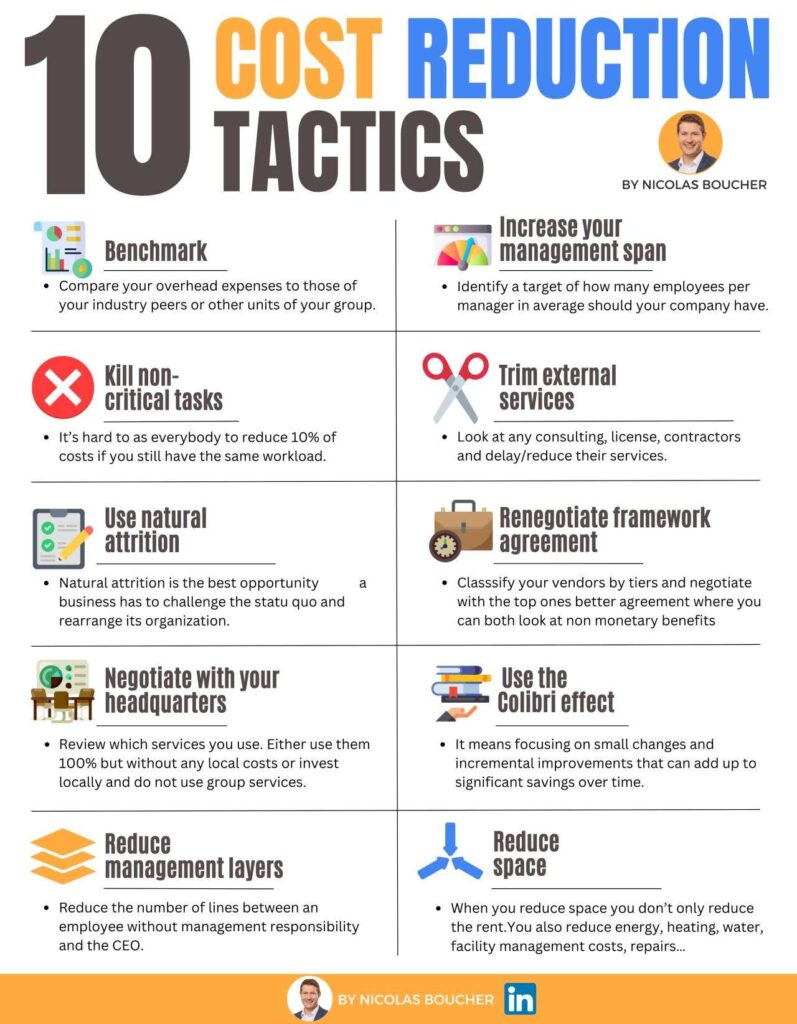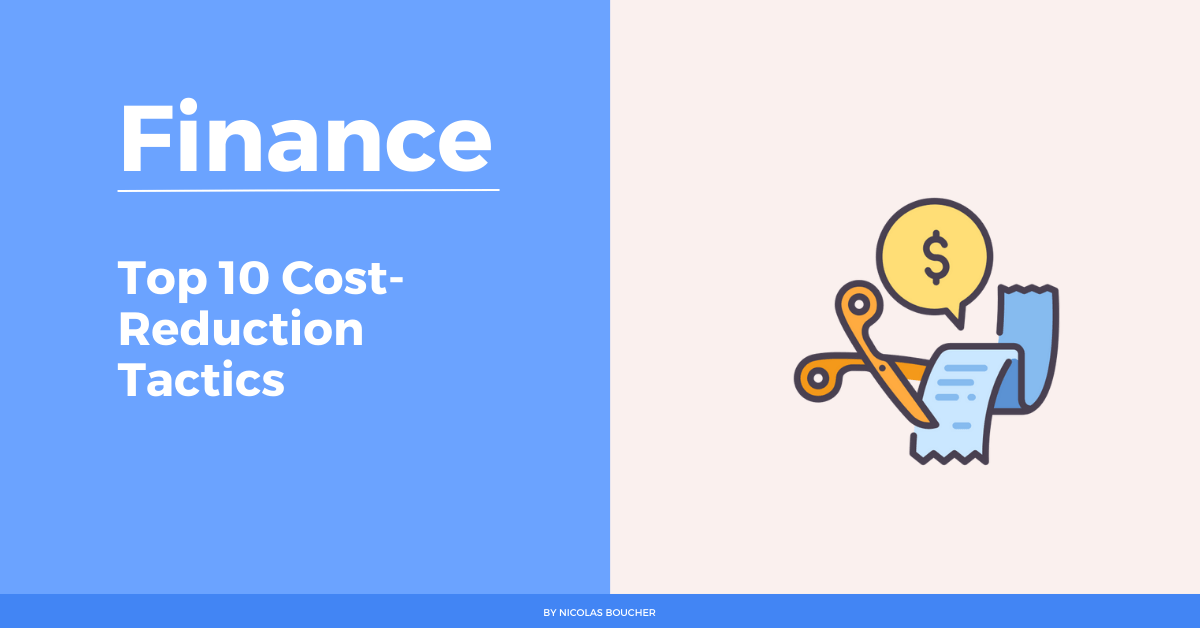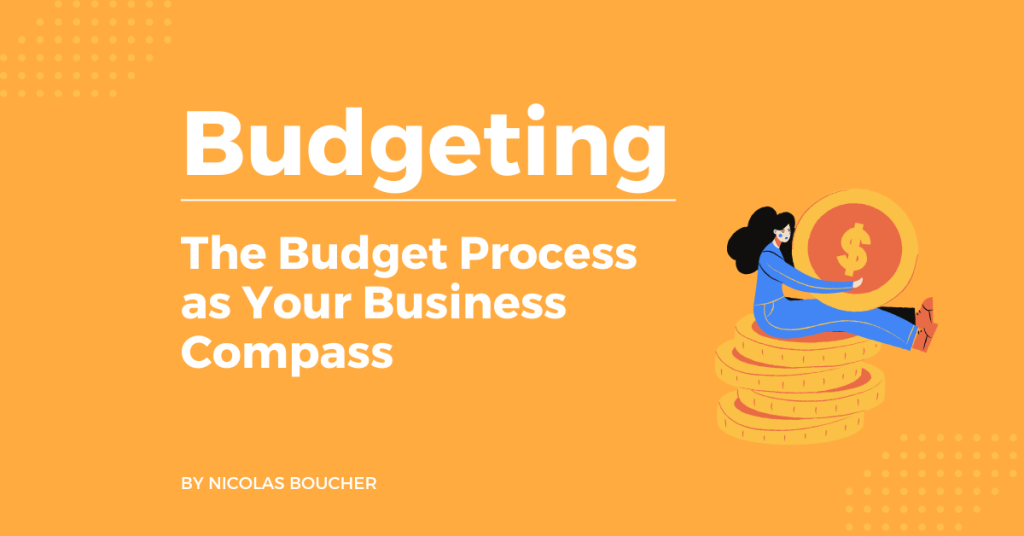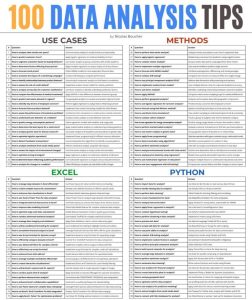Do you know any cost-reduction tactics?
In today’s competitive business landscape, finding effective ways to reduce costs without compromising quality is essential for sustainable growth.
In other words, cost-reduction tactics play a crucial role in improving profitability and ensuring long-term success.
Whether you are a small business owner or a seasoned entrepreneur, implementing cost-cutting strategies can help optimize your operations and boost your bottom line.
Today, we will explore ten proven cost-reduction tactics that you can implement to drive financial efficiency and maximize your resources.
Table of Contents
Why Is It Important?
Cost reduction is not merely about slashing expenses; it is about making strategic decisions to eliminate waste, streamline processes, and enhance productivity.
Moreover, by focusing on cost reduction, businesses can achieve several key benefits:
- Improved profitability: Reducing costs directly contributes to higher profits by increasing the gap between revenue and expenses.
- Competitive advantage: Lower costs can allow you to offer more competitive prices, attracting customers and gaining an edge over competitors.
- Resource optimization: Identifying and eliminating unnecessary expenses helps optimize resource allocation, ensuring that your resources are used where they bring the most value.
- Financial stability: Implementing cost reduction tactics creates a more stable financial foundation, reducing the risk of financial distress and improving long-term sustainability.
Top 10 Cost-Reduction Tactics
Here are the best cost-reduction tactics:

#1: Benchmark
Compare your overhead expenses to those of your industry peers or other units within your organization.
Also, analyze areas such as finance costs as a percentage of revenue, HR costs per employee, and procurement costs as a percentage of total purchase volume.
As a result, this benchmarking exercise can highlight areas where you may be overspending and identify opportunities for improvement.
#2: Kill Non-Critical Tasks
To cut costs effectively, it’s essential to evaluate your workload and identify non-critical tasks and projects.
Additionally, by eliminating these non-essential activities, you can free up resources and focus on high-priority tasks that directly contribute to your core business objectives.
#3: Use Natural Attrition
As you reduce non-critical tasks, leverage natural attrition as an opportunity to reallocate resources and trim your payroll costs.
Subsequently, by strategically managing staff turnover and planning for departures, you can minimize the need for immediate replacements and reassess your organizational structure.
#4: Negotiate with Your Headquarters
Challenge the assumption that group recharges are non-negotiable expenses.
In addition, review the services you receive from your headquarters and explore options to use them fully without incurring additional local costs.
Alternatively, invest locally in areas where it makes sense to do so and refuse to use and pay for redundant group services.
#5: Reduce Management Layers
Streamline your organizational structure by reducing the number of management layers.
As a result, by minimizing the lines of communication between employees without management responsibilities and the CEO, you can enhance communication, foster empowerment, and reduce payroll costs simultaneously.
#6: Increase Your Management Span
Set a target for the average number of employees per manager in your organization.
Also, challenge any teams that fall below this target, ensuring that managers are overseeing an optimal number of employees to promote efficiency and effectiveness.
#7: Trim External Services
Review your expenditure on external services such as consulting, licensing, and contractors.
Moreover, look for opportunities to delay or reduce their services, renegotiate contracts, or explore alternative, more cost-effective solutions.
#8: Renegotiate Framework Agreements
Classify your vendors by tiers and prioritize negotiations with your top-tier vendors.
Seek better agreements that go beyond monetary benefits, considering factors such as time schedules, scope, and knowledge sharing.
By forging stronger partnerships, you can reduce costs while maintaining the quality of goods and services.
#9: Reduce Space
Evaluate your physical workspace and identify opportunities to downsize.
By reducing your office space, you can not only decrease rent expenses but also lower costs associated with energy consumption, heating, water usage, facility management, and repairs.
#10: Use The Colibri Effect
The Colibri effect teaches us the power of small efforts to make a significant impact.
Apply this principle to cost reduction by focusing on incremental improvements and small changes.
Furthermore, embrace a culture of continuous improvement, encouraging employees at all levels to identify and implement cost-saving ideas. Over time, these small changes will accumulate to generate substantial savings.
Bonus/Last Tips
Here are some additional tips:
- Encourage employees to contribute cost-saving ideas by implementing a suggestion program or offering incentives for innovative solutions
- Leverage technology to automate manual processes and streamline operations, reducing the need for excessive labor and cutting associated costs
- Continuously monitor and analyze your expenses to identify potential cost-saving opportunities and adapt your strategies accordingly
- Learn how the top 10 processes for CFOs to control costs
Final Words – Cost-Reduction Is The Key to Growth
Above all, implementing effective cost-reduction tactics is essential for businesses looking to enhance profitability, optimize resources, and gain a competitive edge.
By benchmarking, eliminating non-critical tasks, leveraging natural attrition, renegotiating agreements, and other strategic approaches, you can successfully reduce costs without compromising quality or operational efficiency.
Therefore, embrace a culture of cost consciousness and continuous improvement, and remember that even small changes can make a significant difference in your bottom line.
Key Takeaways
- Cost reduction tactics are crucial for improving profitability and achieving financial stability.
- Benchmark your expenses against industry peers or organizational units to identify areas for improvement.
- Eliminate non-critical tasks and projects to free up resources for high-priority activities.
- Leverage natural attrition to reallocate resources and reduce payroll costs.
- Negotiate with your headquarters to challenge non-negotiable expenses and optimize services.
- Streamline your organizational structure and increase management spans for improved communication and cost efficiency.
- Trim external services, renegotiate agreements, and downsize your workspace to reduce expenses.
- Embrace the Colibri effect by focusing on small changes and incremental improvements that add up over time.
- Encourage employee involvement, leverage technology, and continuously monitor expenses for ongoing cost reduction opportunities.
- Cultivate a culture of cost consciousness and continuous improvement throughout your organization to sustain long-term cost reduction efforts.
FAQ
Q: Why is cost reduction important for my business?
A: Cost reduction is vital as it improves profitability by increasing the gap between revenue and expenses. It also provides a competitive advantage by allowing you to offer more competitive prices, optimizes resource allocation, and enhances financial stability, ensuring long-term sustainability.
Q: How can benchmarking help reduce costs?
A: Benchmarking helps by comparing your overhead expenses to those of industry peers or other organizational units. It highlights areas where you may be overspending and identifies opportunities for improvement, ensuring your costs align with industry standards.
Q: What is the Colibri Effect, and how does it apply to cost reduction?
A: The Colibri Effect emphasizes the power of small efforts to make a significant impact. Cost reduction means focusing on incremental improvements and small changes that, over time, accumulate to generate substantial savings. Encouraging a culture of continuous improvement among employees can drive these small, impactful changes.
Q: How can I effectively use natural attrition to reduce costs?
A: Leverage natural attrition by strategically managing staff turnover and planning for departures. This minimizes the need for immediate replacements, allowing you to reallocate resources and trim payroll costs. Regularly reassess your organizational structure to optimize staffing levels.
Q: What strategies can help negotiate better terms with vendors?
A: To renegotiate better terms, classify your vendors by tiers and prioritize negotiations with top-tier vendors. Seek agreements that go beyond monetary benefits, considering factors such as time schedules, scope, and knowledge sharing. Building stronger partnerships can reduce costs while maintaining quality.















